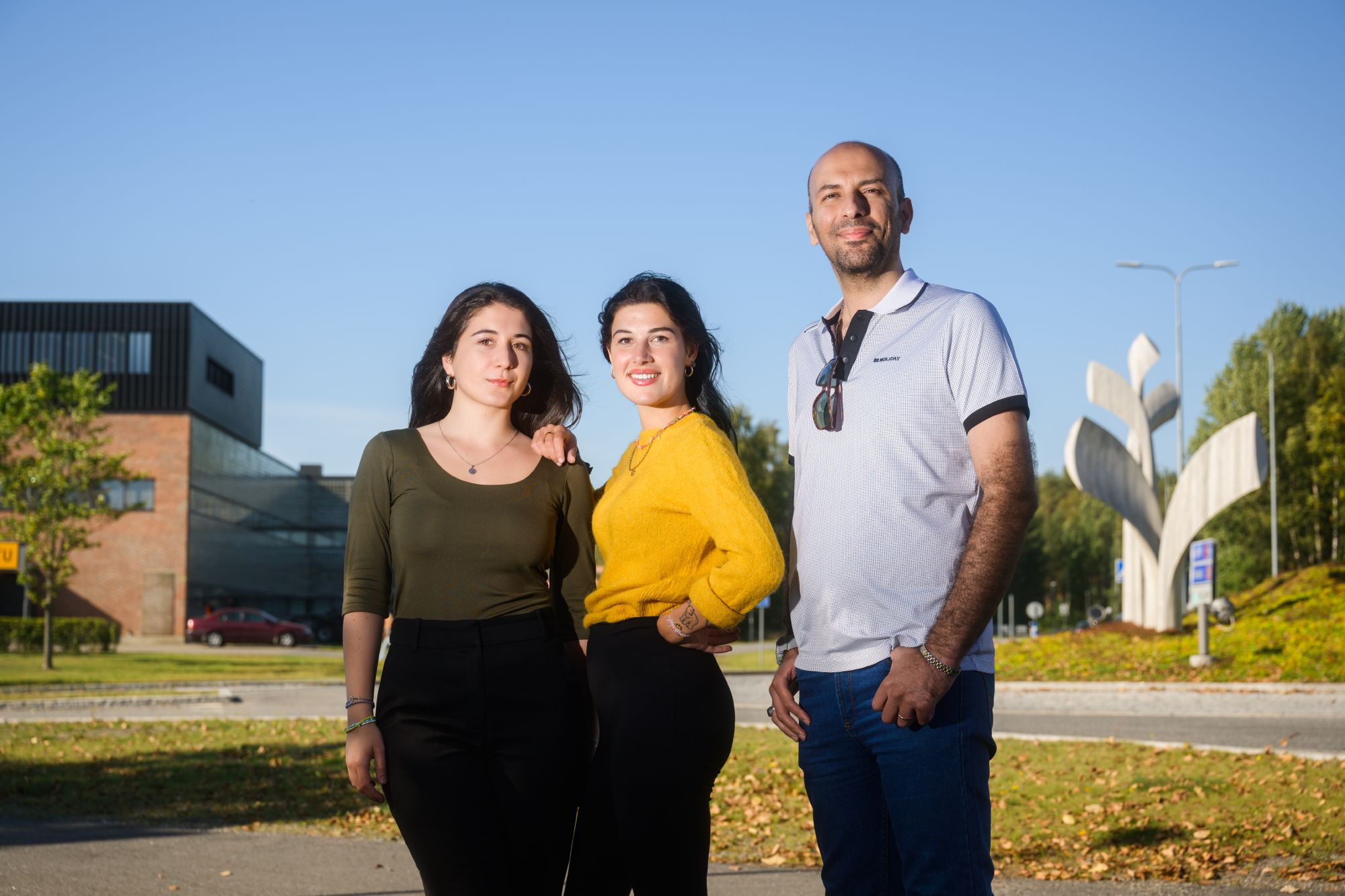Breaking Barriers: Women Thriving in STEM
Written by Simona Jankova
For decades, women have been significantly underrepresented in STEM (Science, Technology, Engineering, and Mathematics), both in academic settings and professional careers. Despite progress over the years, the gender gap remains noticeable. According to the latest government census, women now account for 26% of the STEM workforce—a number that, while growing, still highlights the ongoing challenge of achieving full gender equality in these fields. Historically, science and technology have been dominated by men, but that narrative is changing. Women have always played a crucial role in shaping scientific discoveries, technological advancements, and groundbreaking research, yet their contributions have often been overlooked. Icons like Marie Curie, who paved the way in physics and chemistry, Ada Lovelace, who laid the foundation for computer programming, and Katherine Johnson, whose mathematical genius was instrumental in NASA’s space missions, are powerful reminders that women have always belonged in STEM. Today, women continue to push boundaries, innovate, and lead in fields once considered inaccessible to them. The reality is that challenges still exist—bias, stereotypes, and systemic barriers can make it harder for women to thrive in male-dominated industries—but none of these obstacles should deter anyone from pursuing their passions. The future of science, engineering, and technology is not just for men; it is for everyone with the curiosity, dedication, and ambition to make an impact. Women have every right to be in these spaces, lead research, build the next revolutionary technology, and redefine what is possible.
Finland, known for its strong commitment to gender equality, has made remarkable progress in creating a more inclusive workforce. The country has one of the highest female labour force participation rates globally, with 57.7% of women being economically active in 2023, compared to 63.6% of men. While these numbers reflect a balanced workforce, the female labour force participation rate has remained roughly the same since 1990, indicating that there is still work to be done to ensure equal opportunities across all sectors. Finland has long been a leader in promoting women’s rights, with policies that support work-life balance, parental leave, and equal access to education. However, when it comes to STEM fields, the gender gap persists, much like in the rest of the world. Encouraging more women to enter and remain in STEM careers is not just about fairness—it is about utilizing the full potential of the workforce, fostering innovation, and ensuring that diverse perspectives drive scientific and technological advancements.
Recognizing the importance of equality in academia, the University of Eastern Finland (UEF) is committed to identifying and eliminating barriers that reinforce inequality while actively promoting gender equality and equal opportunities at all levels of the university. UEF has established an Equality Committee, which includes representatives from staff associations, the Student Union, and the employer, to ensure that inclusivity is a key focus in both education and research. The university has developed a gender equality, and equal opportunities plan that applies not only to staff but also to students, ensuring that everyone, regardless of gender, has the same opportunities to succeed. By implementing these initiatives, UEF is taking meaningful steps to create an environment where women in STEM feel supported and empowered to pursue their ambitions without limitations.
Over half of women aged 25-64 in Finland hold a higher education degree, reflecting the growing trend of women advancing their education and skills. Women currently complete 59% of all university degrees, highlighting their strong presence in higher education. This trend highlights not only the increasing educational attainment of women but also their expanding role in shaping the future of various fields, including STEM.
At the University of Eastern Finland, the chemistry degree program is characterised by a balanced mix of both male and female students and professors. This gender diversity stands out, especially when compared to some other countries in Europe, where chemistry and physics programs are still predominantly male. The inclusive atmosphere at UEF not only fosters a more equitable learning environment but also enriches the academic experience by bringing diverse perspectives into scientific discussions and research.

In 2025 and beyond, there are no limits—women can and should claim their place in STEM because talent, intelligence, and innovation have no gender. The future belongs to those who dare to challenge the norms, and now more than ever, it is time for women to step into these roles with confidence.
Simona Jankova is student in the UEF Master’s Degree Programme for Research Chemists.